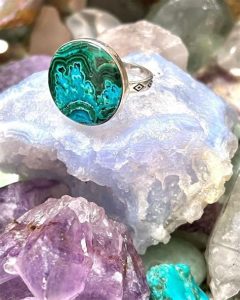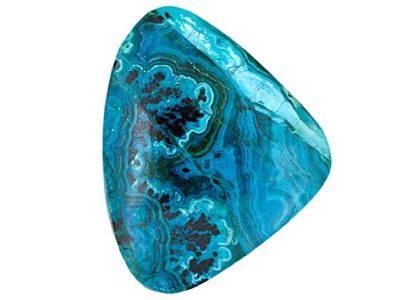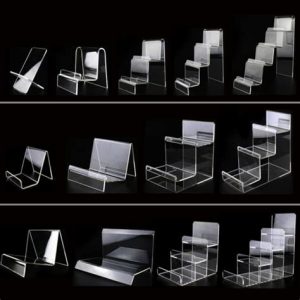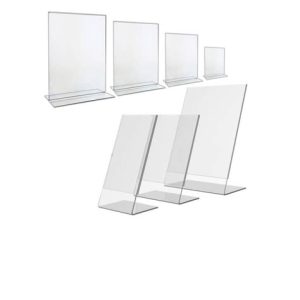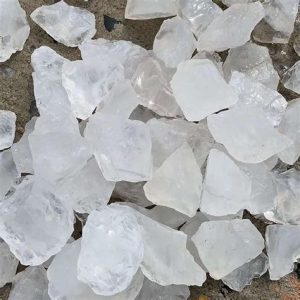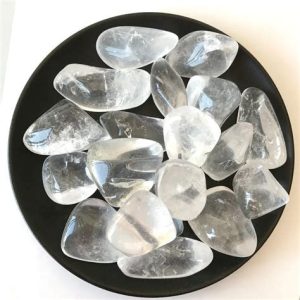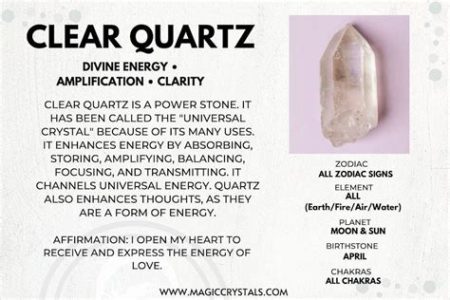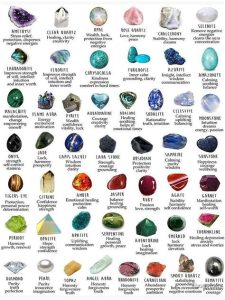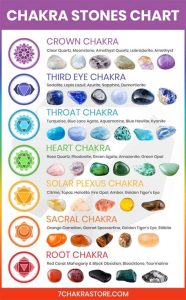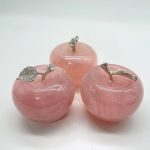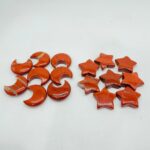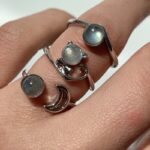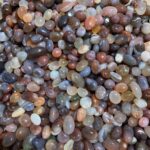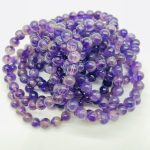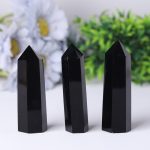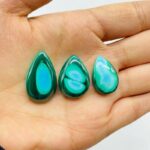Introduction
Crystals and stones have been used for centuries for their beauty, healing properties, and spiritual significance. With so many different types of crystals and stones available, it can be difficult to know how to identify them. This guide will provide you with everything you need to know about identifying crystals and stones, including their physical properties, chemical composition, and metaphysical properties.

Physical Properties
The physical properties of a crystal or stone can help you to identify it. These properties include:
- Color: Crystals and stones come in a wide range of colors, from clear to black. The color of a crystal or stone can be caused by impurities in the mineral or by the way the light interacts with the crystal’s structure.
- Shape: Crystals and stones can be found in a variety of shapes, including cubes, pyramids, and spheres. The shape of a crystal or stone can be determined by the way the mineral grew.
- Hard: The hardness of a crystal or stone is a measure of its resistance to scratching. Hardness is measured on the Mohs scale, which ranges from 1 to 10.
- Density: The density of a crystal or stone is a measure of its mass per unit volume. Density is expressed in grams per cubic centimeter (g/cm³).
- Cleavage: Cleavage is the tendency of a mineral to break along certain planes of weakness. Cleavage is classified as perfect, imperfect, or absent.
Chemical Composition
The chemical composition of a crystal or stone can help you to identify it. Crystals and stones are composed of a variety of elements, including silicon, oxygen, aluminum, and calcium. The chemical composition of a crystal or stone can be determined by a variety of techniques, including X-ray diffraction and electron microscopy.
Metaphysical Properties
Metaphysical properties are the non-physical properties of a crystal or stone. These properties are not based on scientific evidence, but they are believed to have an effect on the human body, mind, and spirit. Metaphysical properties are often associated with the color, shape, and chemical composition of a crystal or stone.
Identifying Crystals and Stones VS Traditional Methods
Traditional methods of identifying crystals and stones include:
1. Color: Comparing the crystal or stone to a known sample.
2. Shape: Looking for specific shapes, such as cubes or pyramids.
3. Hardness: Testing the hardness of the crystal or stone using a Mohs scale.
4. Density: Weighing the crystal or stone and measuring its volume.
5. Cleavage: Breaking the crystal or stone along its planes of weakness.
These methods can be helpful, but they can also be difficult and time-consuming. In addition, these methods may not be able to identify all types of crystals and stones.
Modern Methods of Identifying Crystals and Stones
Modern methods of identifying crystals and stones include:
1. X-ray Diffraction: This method uses X-rays to determine the crystal structure of a mineral. X-ray diffraction can be used to identify a wide range of crystals and stones.
2. Electron Microscopy: This method uses a microscope to examine the surface of a mineral. Electron microscopy can be used to identify a wide range of crystals and stones.
3. Spectroscopy: This method uses light or sound to determine the chemical composition of a mineral. Spectroscopy can be used to identify a wide range of crystals and stones.
These methods are more accurate and reliable than traditional methods. They can also be used to identify a wider range of crystals and stones.
Comparing Pros and Cons of Traditional and Modern Methods of Identifying Crystals and Stones
| Method | Pros | Cons |
|---|---|---|
| Color | Easy to use | Not always reliable |
| Shape | Easy to use | Not always reliable |
| Hardness | Easy to use | Not always reliable |
| Density | Easy to use | Not always reliable |
| Cleavage | Easy to use | Not always reliable |
| X-ray Diffraction | Accurate and reliable | Expensive |
| Electron Microscopy | Accurate and reliable | Expensive |
| Spectroscopy | Accurate and reliable | Expensive |
Step-by-Step Approach to Identifying Crystals and Stones
1. Gather Materials: You will need a magnifying glass, a streak plate, a magnet, and a hardness testing kit.
2. Observe the Crystal or Stone: Use the magnifying glass to examine the crystal or stone. Look for the color, shape, and surface features of the crystal or stone.
3. Scratch the Crystal or Stone: Use the streak plate to scratch the crystal or stone. The streak color is the color of the powder that is produced when the crystal or stone is scratched.
4. Test the Magnetism of the Crystal or Stone: Use the magnet to test the magnetism of the crystal or stone. Some crystals and stones are magnetic, while others are not.
5. Test the Hardness of the Crystal or Stone: Use the hardness testing kit to test the hardness of the crystal or stone. The hardness of a crystal or stone is a measure of its resistance to scratching.
6. Identify the Crystal or Stone: Use the information you have gathered to identify the crystal or stone. You can use a reference book or an online database to help you identify the crystal or stone.
Case Detail: Identifying a Quartz Crystal
Problem: A person found a crystal in their backyard. The crystal is clear and has a hexagonal shape. The person wants to know what type of crystal it is.
Solution: The person can use the step-by-step approach to identifying crystals and stones to identify the crystal.
1. Gather Materials: The person will need a magnifying glass, a streak plate, a magnet, and a hardness testing kit.
2. Observe the Crystal: The person uses the magnifying glass to examine the crystal. The crystal is clear and has a hexagonal shape.
3. Scratch the Crystal: The person uses the streak plate to scratch the crystal. The streak color is white.
4. Test the Magnetism of the Crystal: The person uses the magnet to test the magnetism of the crystal. The crystal is not magnetic.
5. Test the Hardness of the Crystal: The person uses the hardness testing kit to test the hardness of the crystal. The crystal is hard.
6. Identify the Crystal: The person uses the information they have gathered to identify the crystal. The crystal is a quartz crystal.
Reviews
1. “This guide is a great resource for anyone who wants to learn how to identify crystals and stones.”
2. “I found this guide to be very helpful. It was easy to follow and I was able to identify several crystals and stones that I had in my collection.”
3. “I would recommend this guide to anyone who is interested in learning more about crystals and stones.”
4. “This guide is a must-have for anyone who wants to learn how to identify crystals and stones.”

